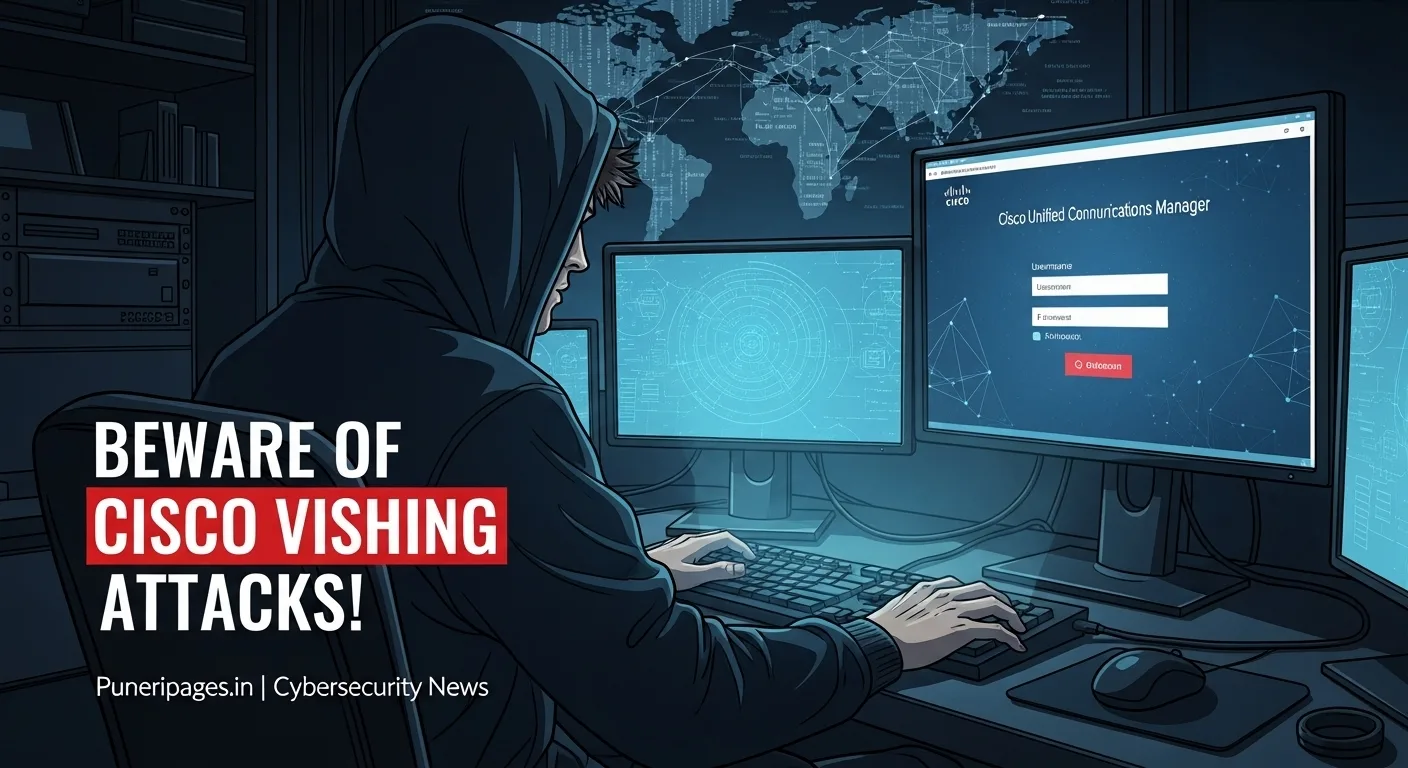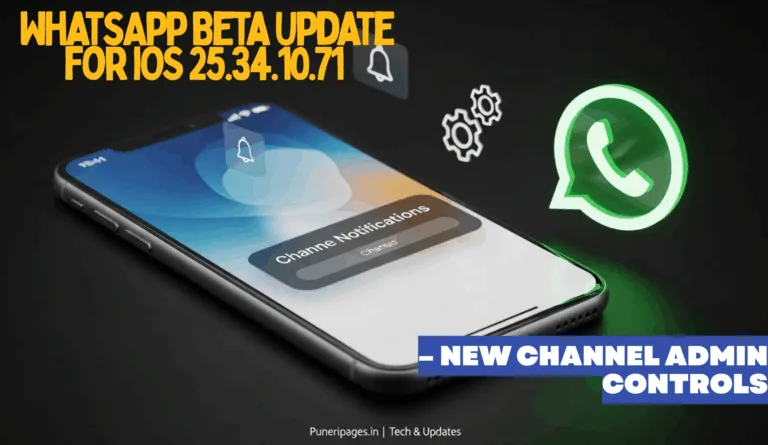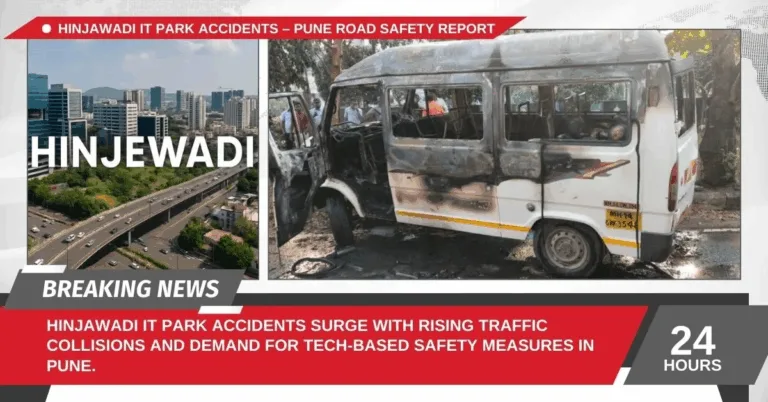
Stay alert! Fake Cisco support calls are on the rise—protect your data. Read more on puneripages.in.
Let me walk you through something shocking that I came across recently — something that proves no matter how big or secure a company is, one call can flip the entire game.
Yes, I’m talking about how Cisco, a tech behemoth worth over $200 billion, got hacked. Not with some fancy virus or zero-day exploit, but with a simple phone call. Let that sink in.
Table of Contents
What the Heck is Vishing?
You might already know about phishing — those scammy emails pretending to be your bank or boss.
Now imagine that same scam, but with a real human voice on the other end of the phone. That’s vishing.
“Voice” + “Phishing” = Vishing
Attackers use live phone calls to:
- Sound trustworthy or urgent
- Pretend to be someone official (like IT support)
- Trick you into handing over sensitive info
And trust me, it works way better than you’d expect. Because we naturally trust people more on a call than in an email.
How the Cisco Hack Went Down
Here’s the step-by-step of what actually happened:
1. The Hook
A Cisco employee gets a call from someone claiming to be from internal IT support. Not a bot, not a voicemail — a real person.
2. The Pretext
The attacker tells them there’s “suspicious activity” on their account. The tone? Polite, urgent, confident. Just enough to make you act without thinking.
3. The Slip
The employee gives up their username and password. But Cisco had multi-factor authentication (MFA), right?
Yes. But the attacker then sends a barrage of MFA prompts and convinces the employee to approve one.
This is called MFA fatigue or push bombing. Flood someone with prompts until they accidentally or lazily hit “approve.”
4. Access Granted
Boom. The attacker is in. From there, they explore the network, snoop around, maybe plant some tools. It could’ve been much worse.
What We Can Learn (And Should Act On!)
This isn’t just a Cisco problem. It’s our problem.
✅ 1. Train for Skepticism
Your team is your first line of defense. Help them spot:
- Fishy phone calls
- Urgent tone red flags
- Any request for credentials over phone or chat
✅ 2. Create a Call-Back Rule
Simple rule: If someone calls about a “security issue,” hang up and call your IT desk directly.
Make this part of your culture. Print it. Slack it. Tattoo it. (Okay, maybe not that.)
✅ 3. Defend Against MFA Fatigue
People should only approve MFA prompts they initiated. Anything else? Deny and report.
✅ 4. Limit Access
Use the least privilege principle: only give employees access to what they absolutely need. That way, even if someone gets hacked, the damage stays small.
Cisco’s Response
To their credit, Cisco didn’t hide this.
- No customer data or critical systems were compromised.
- The affected account was locked down immediately.
- Their security team launched a full investigation.
Still, it was a reality check.
Final Thoughts from Me
We’re all racing to use the best firewalls, AI tools, encryption, and whatnot. But none of it matters if one distracted person gets tricked into opening the front door.
We love to talk about zero-trust security models, but we forget the most basic part:
Trust no call. Trust no prompt. Trust, but always verify.
Whether you’re a startup or a giant like Cisco, the weakest link is always going to be us.
Stay alert. Train your people. And maybe next time, that suspicious call won’t get through.
Stay safe, Prashant (PuneRiPages.in)






